Random curiosity anime
Share
-

The first anime: The oldest anime ever made is "Namakura Gatana" (1917), a four-minute short directed by Jun'ichi Kōuchi. Though its animation was very simple, it marked the beginning of the entire industry.
-

The term "anime": The word "anime" is simply the Japanese abbreviation for "animation." In Japan, it is used to refer to all forms of animation, not just those produced in Japan.
![Image Description: A colorful collage of anime genres showing various anime characters, each representing a different style like mecha, fantasy, and slice-of-life.]
-
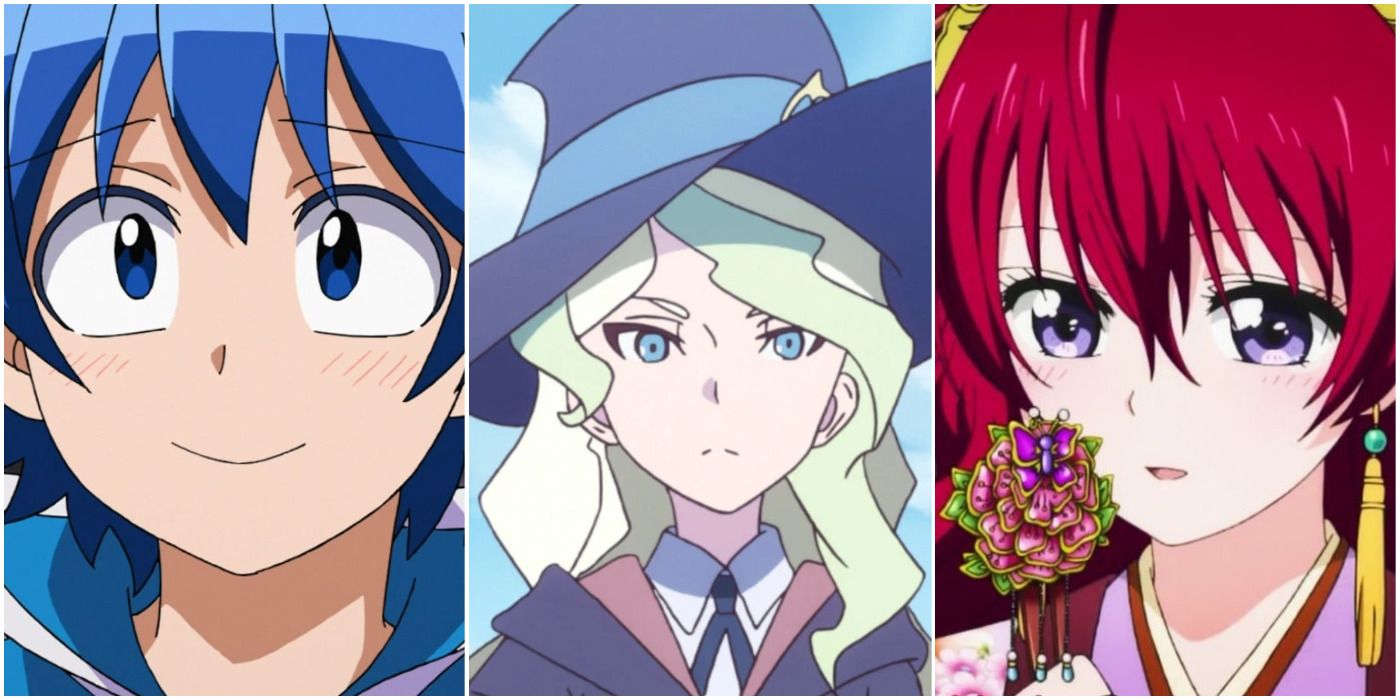
Anime for all ages: Many think anime is only for a younger audience, but in reality, there is anime for all age groups, from children to adults. The genres vary widely: shōnen (for boys), shōjo (for girls), seinen (for adult men), and josei (for adult women).
![Image Description: A mix of different age characters from anime, showcasing a range from children to adults with varied emotions and activities.]
-

"Akira" changed everything: The anime "Akira" (1988), directed by Katsuhiro Otomo, is considered one of the masterpieces that made anime globally popular. Its visual quality and complex storyline paved the way for anime distribution in the West.
![Image Description: A dynamic futuristic city with neon lights and motorcycles, representing a scene from Akira.]
-
Complex animation: Making an episode of anime can require thousands of drawings. For instance, Akira used around 160,000 cels, a massive amount compared to other animated films.
![Image Description: An image of an animator’s desk, filled with intricate cel drawings, representing the behind-the-scenes work of anime production.]
-

Global success of "Dragon Ball": Akira Toriyama's Dragon Ball had an enormous cultural impact and influenced generations of animators and directors in Japan and abroad. The character Goku has become a globally recognizable icon.
![Image Description: Goku from Dragon Ball in his fighting stance, surrounded by a vibrant aura of energy.]
-
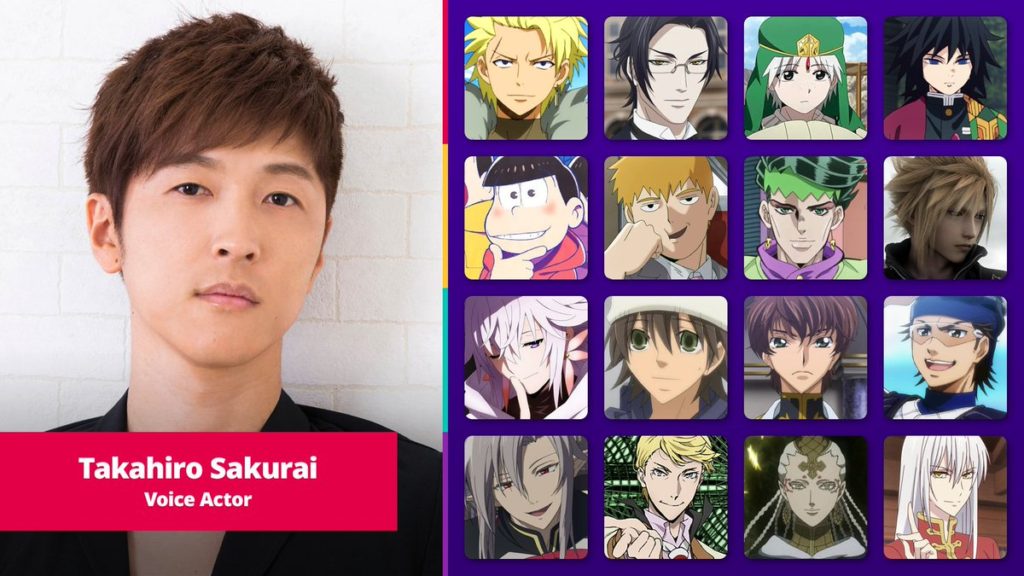
Voice actors (seiyuu): In Japan, voice actors, known as seiyuu, are true celebrities. Some of them have fan followings comparable to movie stars, with dedicated events and specialized magazines.
![Image Description: A famous seiyuu character standing on stage, surrounded by fans holding glow sticks in a concert-like setting.]
-
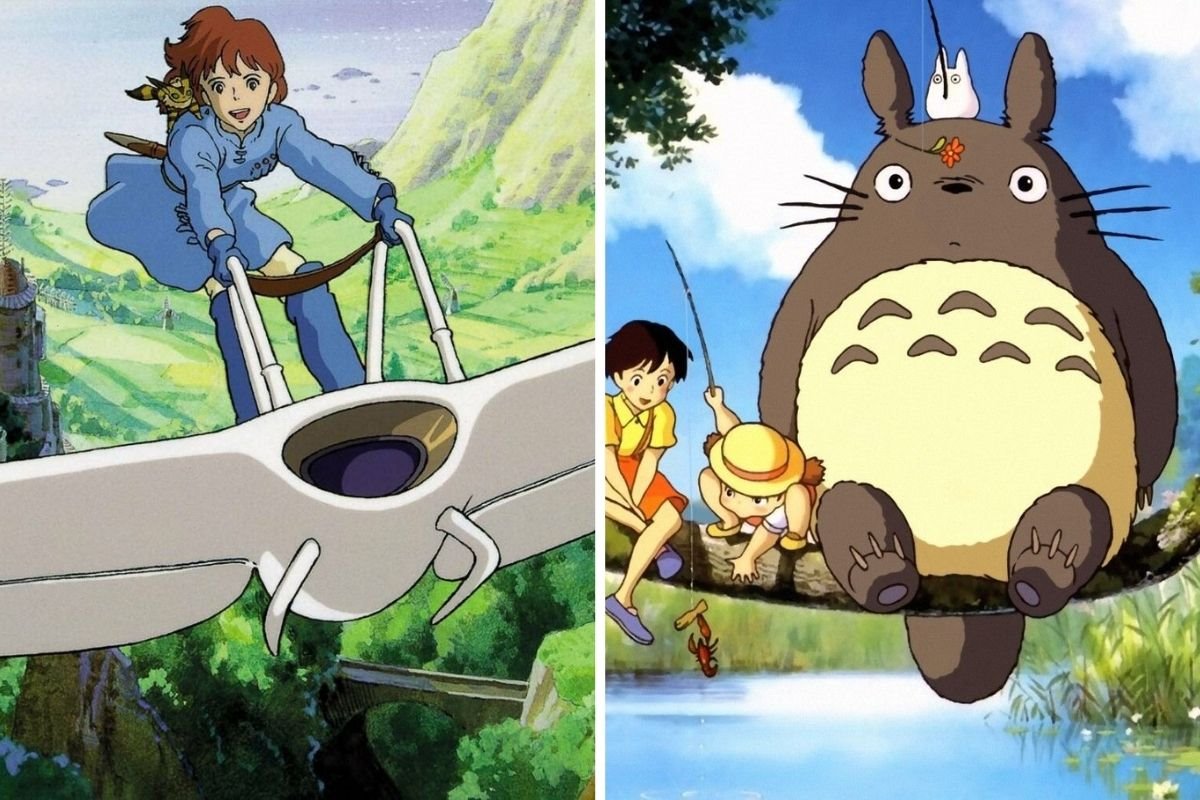
Studio Ghibli: The famous Studio Ghibli, founded by Hayao Miyazaki and Isao Takahata, is considered one of the most important animation studios in the world. Films like "Spirited Away" and "My Neighbor Totoro" are internationally acclaimed.
![Image Description: Totoro from Studio Ghibli, resting under a tree with Satsuki and Mei, representing a serene nature scene.]
-
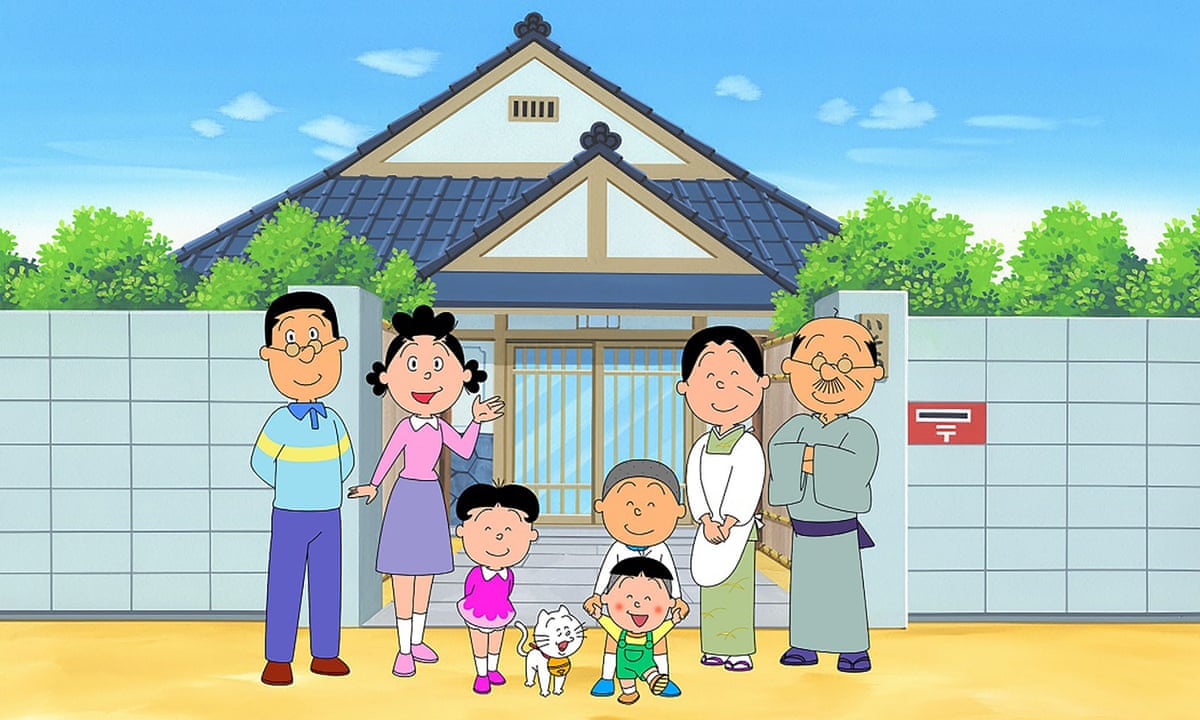
Anime on TV: The longest-running anime on Japanese television is Sazae-san, which started in 1969 and is still ongoing. With over 7,000 episodes, it also holds the Guinness World Record for the longest-running animated series.
![Image Description: A lighthearted family scene with characters from Sazae-san, showing its family-friendly and cheerful tone.]
-
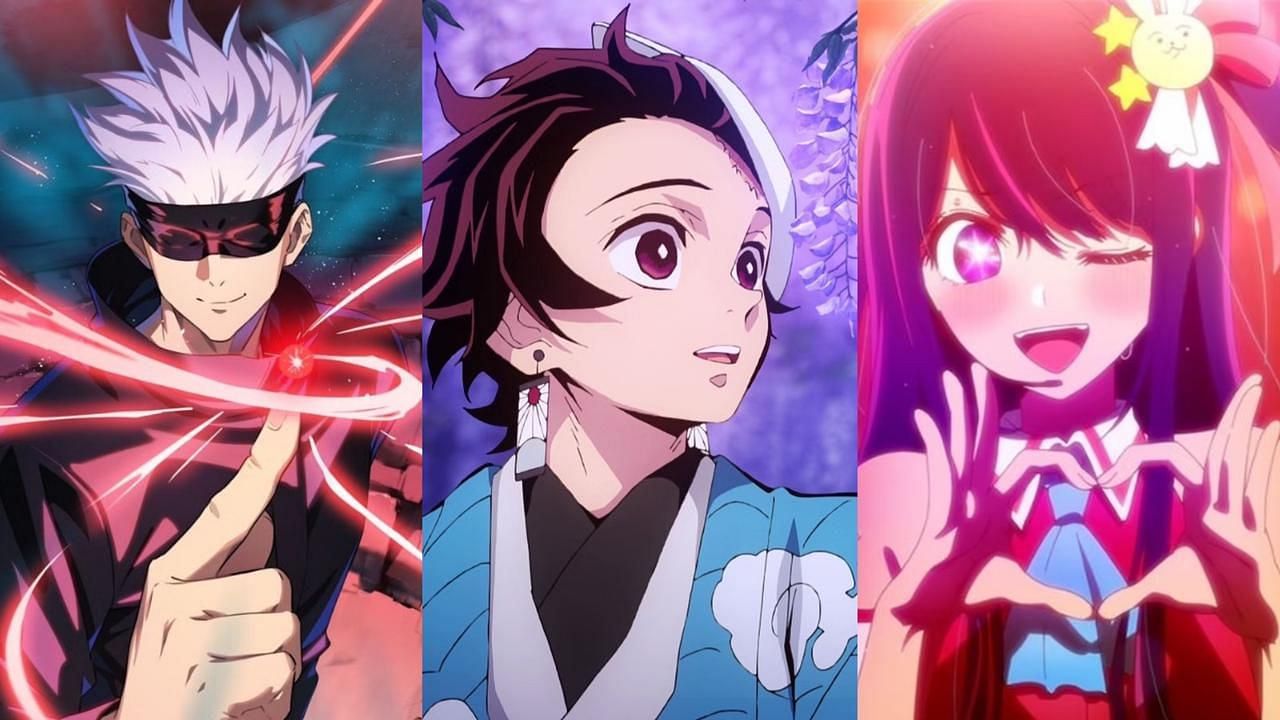
The importance of openings and endings: Opening and ending theme songs in anime are often very popular and can become music hits on their own. Songs like "Cruel Angel's Thesis" from Neon Genesis Evangelion are iconic and known even outside the anime fandom.
![Image Description: A dynamic anime opening scene with characters in action poses, accompanied by a glowing, catchy background.]
This combination of visuals and text captures the magic of anime from its origins to its global influence.

